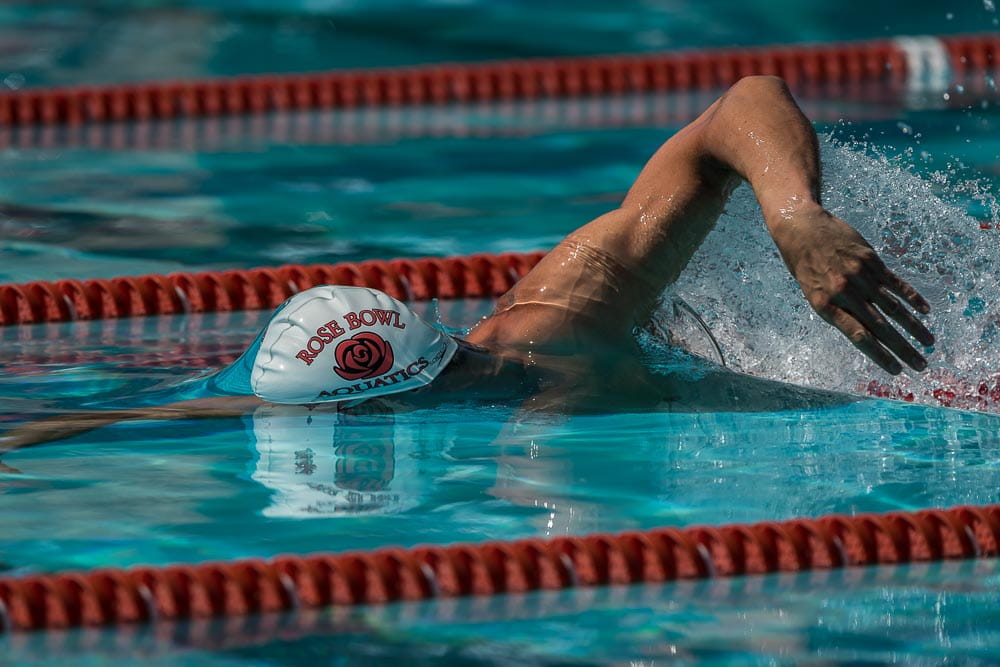I feel very comfortable breathing only to one side when I swim, why should I bother learning to breathe on the other side too? Having the ability to breath to both sides when you swim, or bilateral breathing has the following advantages:
-Makes you more balanced in the water. Since we tend to rotate more towards the side we're breathing on, if we breath on both sides, it will help us to rotate more evenly to each side.
-In a race situation, if there is wind blowing choppy water at you from one side, it gives you the option to breath on the opposite side. This can help you swim more calmly, and avoid drinking a lot of the lake. It's also useful if you want to sight off of the shore line, and you're swimming along it.
-As you roll more evenly to each side, you'll be able to get into a better rhythm.
-With a more even stroke, you'll be able to swim in a straighter line.
-Reduce muscle imbalances cause by rotating more to one side than the other.
How to start practicing bilateral breathing?
-Here is a video with some drills to practice body rotation, that will ultimately help you be able to breathe easier to each side.
-During your warmup laps, always breath to the wall side. This way, every other lap you'll be breathing to a different side.
-Once you've gotten comfortable swimming and breathing only to the non-dominate side, you can progress to alternating breathing on a different sides every three strokes. First take a breath to your left, then keep your head down for two strokes before taking a breath to your right, on your third stroke.
-You can try different variations, rather than every third stroke. You could breath a few times to one side, then switch and breath to the other side. Or you could do something like 3-2-2-2, if you feel that every three strokes isn't giving you enough air.

